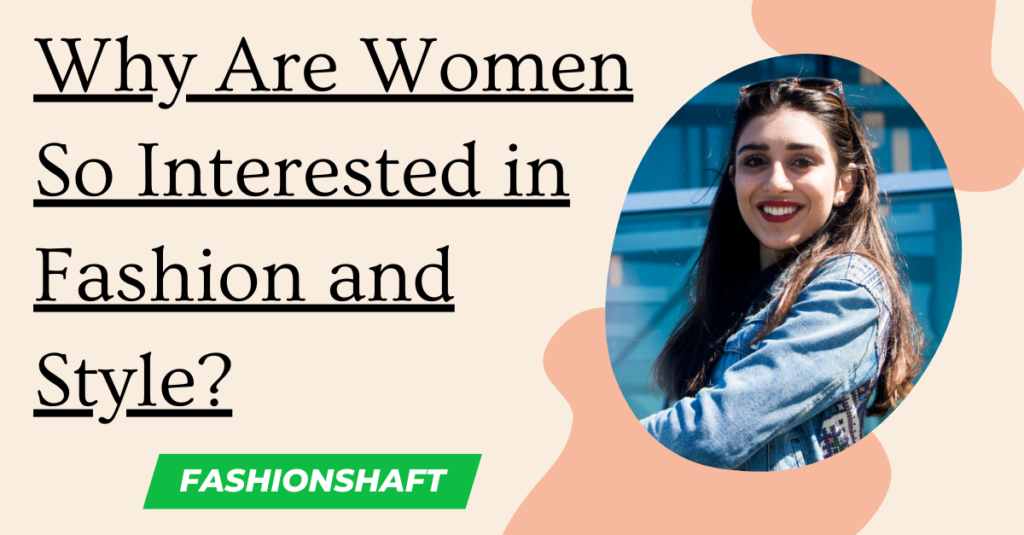Common Spring Skin Problems and Solutions
Spring is a wonderful time of year, but it can also bring its fair share of skin problems. As the weather warms up and we spend more time outdoors, our skin can become more prone to issues such as allergies, acne breakouts, sunburns, eczema, rosacea, contact dermatitis, and dryness. Fortunately, there are steps you can take to prevent and manage these common spring skin problems. In this article, we will explore some of the most common spring skin problems and provide solutions to help you keep your skin healthy and glowing throughout the season.
Common Spring Skin Problems and Solutions
- Allergies and Hives
Allergies are one of the most common skin problems that people experience in the spring. The pollen from flowers, trees, and grasses can trigger allergic reactions in some people. The symptoms of allergies can include itching, redness, and hives. Hives are raised, red bumps on the skin that can be itchy and uncomfortable.
Solution: If you suffer from allergies, it is important to take steps to avoid exposure to allergens as much as possible. This can include staying indoors during peak pollen times, using air purifiers, and wearing a mask when you are outside. Over-the-counter antihistamines can also be helpful in relieving allergy symptoms.
- Acne Breakouts
Acne breakouts are a common skin problem for people of all ages, but they can be especially prevalent in the spring. The warmer weather can cause the skin to produce more oil, which can lead to clogged pores and breakouts.
Solution: To prevent acne breakouts, it is important to keep your skin clean and hydrated. Use a gentle cleanser twice a day and be sure to moisturize daily. You can also try using a non-comedogenic sunscreen to protect your skin without clogging pores. If your acne is severe, consider seeing a dermatologist for prescription medications or treatments.
- Sunburn
Spring means more time spent outside in the sun, which can lead to sunburns. Sunburns can cause redness, pain, and peeling of the skin. Repeated sunburns can also increase your risk of skin cancer.
Solution: The best way to prevent sunburns is to protect your skin from the sun’s harmful rays. Wear protective clothing, including a hat and sunglasses, and use a broad-spectrum sunscreen with an SPF of at least 30. Apply sunscreen liberally and reapply every two hours, or more often if you are swimming or sweating.
- Eczema
Eczema is a chronic skin condition that can be exacerbated by the dry air of spring. The cold, dry air of winter can cause eczema to flare up, and the warm, dry air of spring can also trigger symptoms.
Solution: To manage eczema, it is important to keep your skin hydrated. Use a gentle, fragrance-free moisturizer after bathing and throughout the day as needed. Avoid using hot water when showering or bathing, as this can further dry out the skin. If your eczema is severe, talk to your dermatologist about prescription medications or other treatments.
- Rosacea
Rosacea is a skin condition that causes redness and inflammation of the skin, particularly on the face. Spring can be a particularly difficult time for people with rosacea, as the warmer weather and increased sun exposure can trigger symptoms.
Solution: To manage rosacea, it is important to avoid triggers as much as possible. This can include avoiding spicy foods, alcohol, and hot beverages. Use a gentle, fragrance-free moisturizer and a broad-spectrum sunscreen with an SPF of at least 30. If your rosacea is severe, talk to your dermatologist about prescription medications or other treatments.
- Contact Dermatitis
Contact dermatitis is a skin reaction that occurs when the skin comes into contact with an irritant or allergen. Spring can be a particularly problematic time for contact dermatitis, as people may come into contact with a variety of new plants and products.
Solution: To prevent contact dermatitis, it is important to avoid contact with known irritants or allergens. Wear gloves when gardening or working with chemicals, and use mild, fragrance-free soaps and detergents. If you do come into contact with an irritant or allergen, wash the affected area with cool water and apply a soothing lotion or cream.
- Dry Skin
Dry skin is a common problem in the spring, as the air can be dry and dehydrating. This can lead to rough, scaly, and itchy skin.
Solution: To prevent dry skin, it is important to keep your skin hydrated. Use a gentle, fragrance-free moisturizer after bathing and throughout the day as needed. Avoid using hot water when showering or bathing, as this can further dry out the skin. Consider using a humidifier in your home to add moisture to the air.
In conclusion, spring can bring many skin problems, but with the right precautions and treatments, you can keep your skin healthy and glowing. Avoiding triggers, keeping your skin hydrated, and protecting it from the sun are all important steps you can take to prevent and manage common spring skin problems. If you have severe or persistent symptoms, talk to your dermatologist for advice on the best treatments for your individual needs.

My name is Rohit Vagh and I’m a content writer specializing in fashion and lifestyle. I have three years of experience in this field and have written various articles. My writing style is creative and engaging, and I strive to create content that resonates with my readers. I have a deep passion for fashion and am constantly researching the latest trends and styles to make sure my readers are up to date. I’m excited to continue my career in blogging, and I’m always looking for new opportunities in the fashion and lifestyle space.





